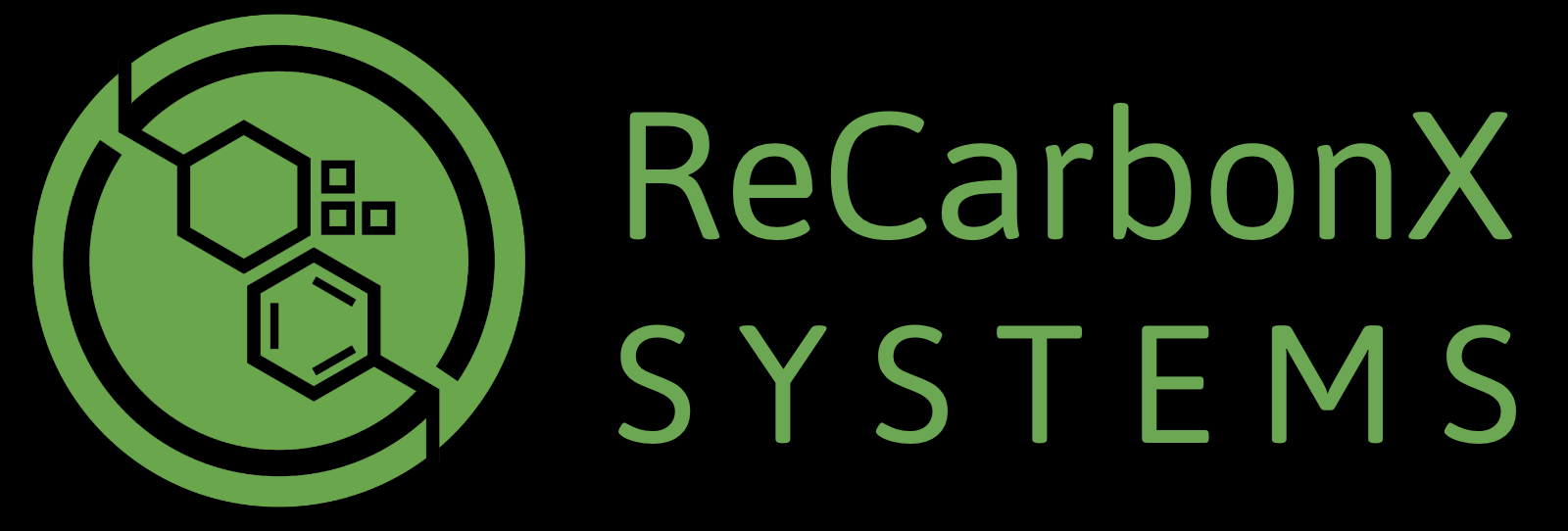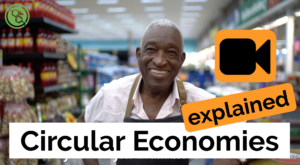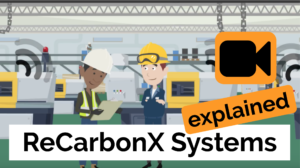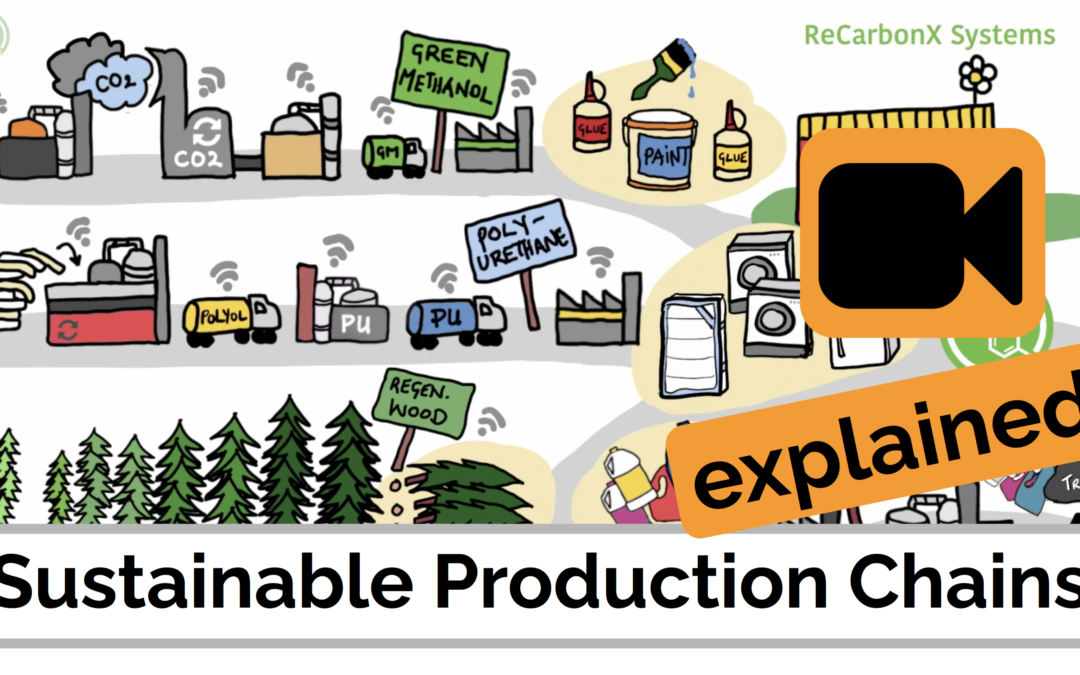
Sep 21, 2020 | Circular Economy, Manufacturing, Sustainable Business
Behind every single product we see in any homewares and deco store, there are many different production chains and steps. With ReCarbonX Systems, we can capture, evaluate and visualise the sources, eco footprints and contributions of every raw material, logistics, or production step along the way.
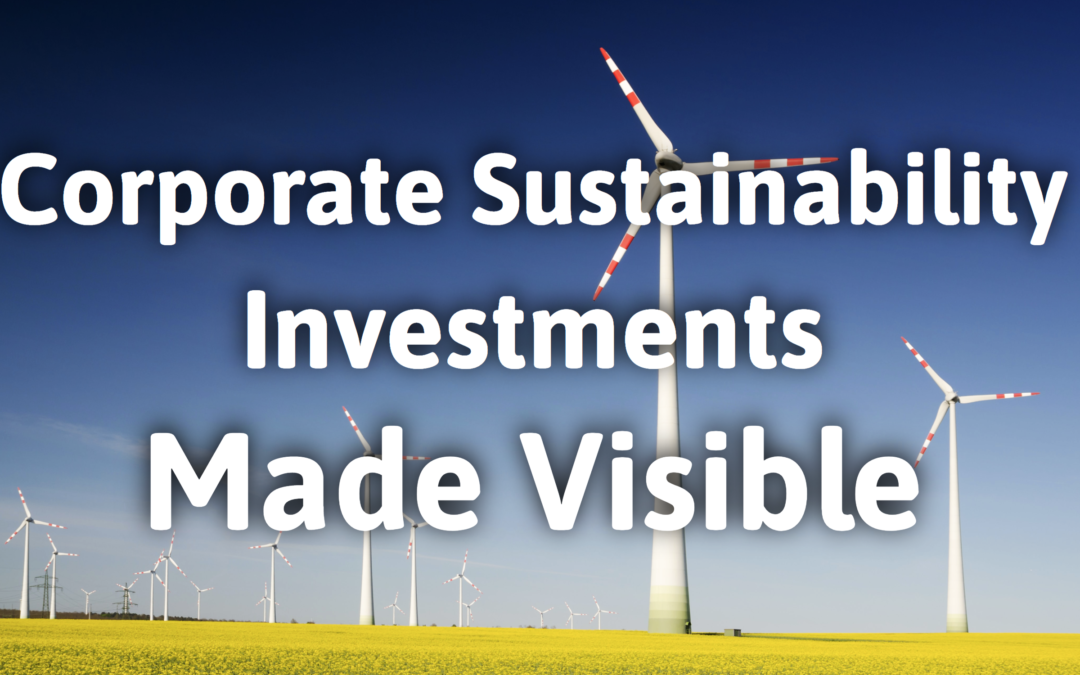
Aug 29, 2020 | Sustainable Business
How can a company expect to measure their supplier’s emissions?
What systems can be put in place to enable companies to work and cooperate with each other towards more sustainable production?
And how can this be done without a dramatic increase in bureaucracy, associated costs, and additional emissions? (For example, through the need for corporate auditors to travel for suppliers’ processes controls.)
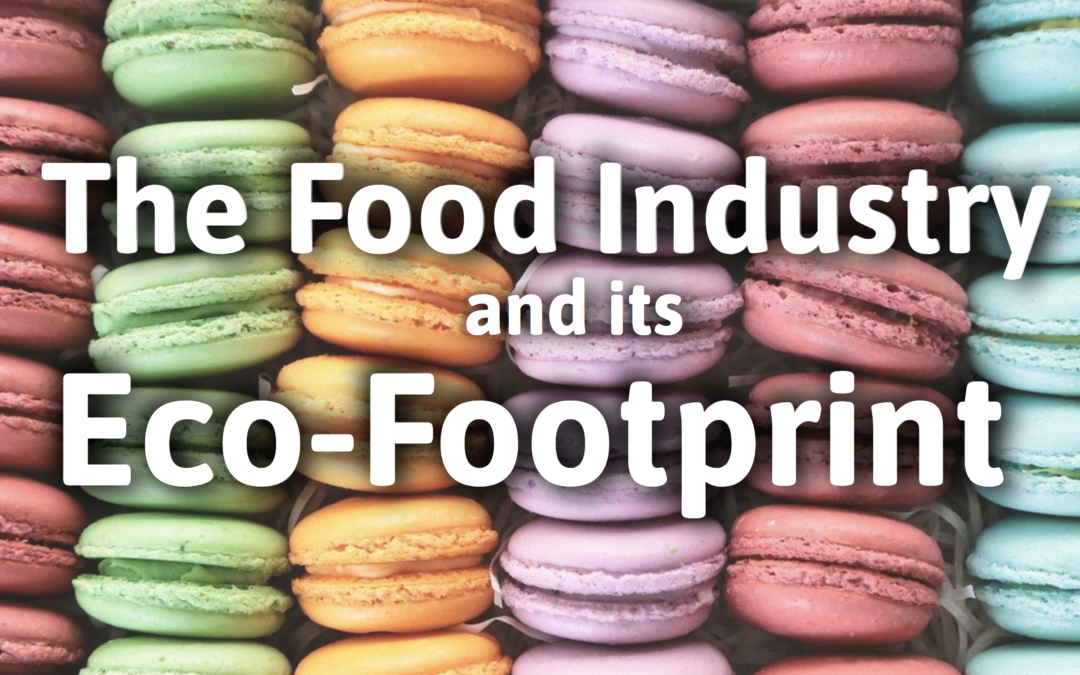
Jul 28, 2020 | Food, Sustainable Business
How can sustainability changes be communicated to the general shopper in the supermarket?
Companies will be working hard to meet products’ carbon footprint reduction goals; it’s no small task, and It would be a shame if great improvements went unnoticed by consumers. Here’s where ReCarbonX can help, by making the data visible.
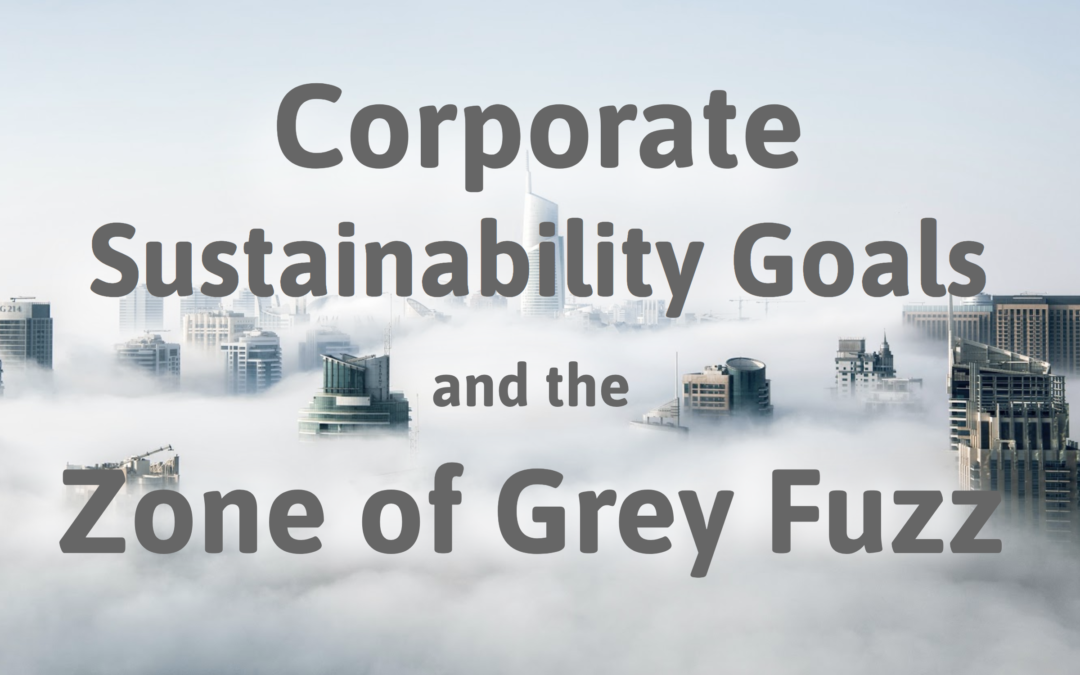
Jul 5, 2020 | Manufacturing, Sustainable Business, Technology
An increasing number of corporations have announced large-scale, ambitious sustainability plans in attempts to reduce their millions of metric tons of annual CO2 emissions.
But when it comes to carbon offset, there’s a Zone of Grey Fuzz surrounding the whole issue: Does the general public understand that any offsets must be additional? How can we know that offset programs are doing what they say they’re doing? What’s the actual impact?
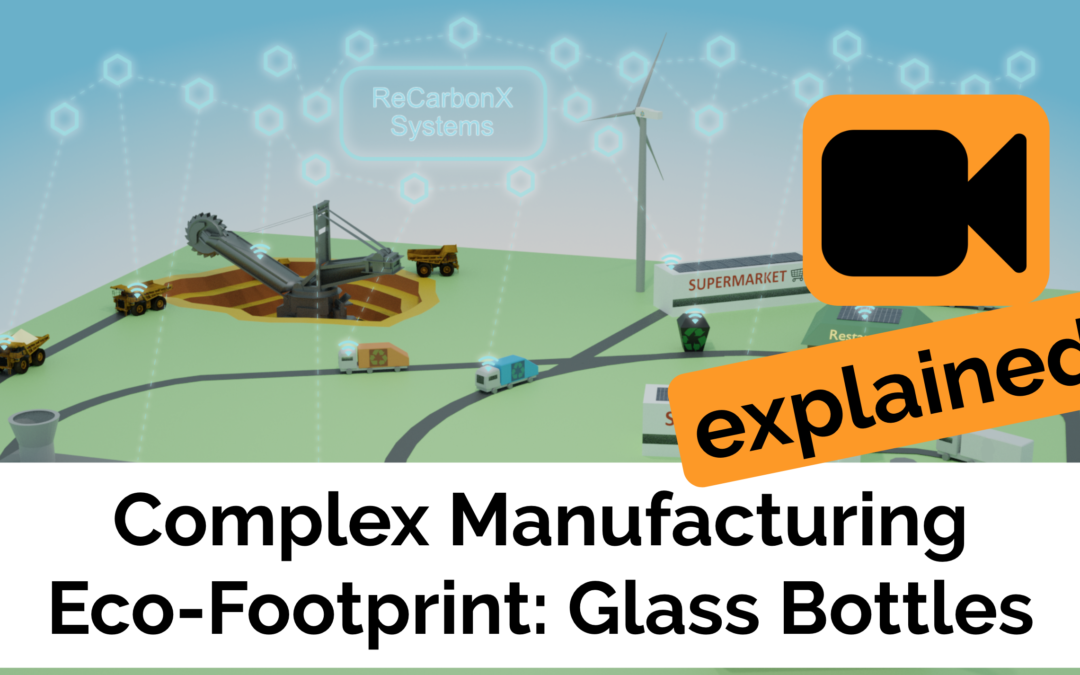
Jun 10, 2020 | Circular Economy, Manufacturing, Sustainable Business
In our series on complex manufacturing: an explanation of how ReCarbonX Systems can build an accurate, real-time picture of the eco-footprint of a glass bottle.

Mar 4, 2020 | People, Sustainable Business
“Gretchenfrage, as a generic term, refers to a direct question that goes to the heart of a problem and is intended to reveal the intentions and the disposition of the person asked. It is usually uncomfortable for the person asked, because it is intended to persuade them to make a confession that they have not yet made.” —Wikipedia (translated from German)

